Digital Collections
Celebrating the breadth and depth of Hawaiian knowledge. Amplifying Pacific voices of resiliency and hope. Recording the wisdom of past and present to help shape our future.
Kīhei de Silva
Haku mele: Lili‘u.
Date: 1881, 1888. Both dates appear in Lili‘u’s songbook; perhaps they indicate the initial and revised versions of her mele.
Sources: 1) Hui Hānai, The Queen’s Songbook, 118-120. 2) “He Ai no Kalani Kalakaua,” Mele Book of Lili‘u, HI.M.7:117–118, Bernice Pauahi Bishop Museum Archives. 3) Ohumukini and Beamer, The Compositions by, for, and about . . . Queen Liliuokalani, Kamehameha Schools Extension Ed. Dept., March 1978, 20.
Discography: 1) Eddie Kamae Presents the Sons of Hawai‘i, Hawai‘i Sons, HSC 1001 (1973). 2) Dennis Kamakahi, ‘Ohana, Dancing Cat 08022-38043-2 (1999).
Text Below: Hui Hānai, The Queen’s Songbook, 119. Translation: Hui Hānai, 119.
Ke ‘ai nei ‘o ka lani,
Hāmau ‘oukou lākou nei a‘e.
Mai noho a pane a‘e,
Ua kapu ‘ē ka ‘aha i ke ali‘i.
Hui: ‘Ai ē, ‘ai lā.
Ke ‘ai nei ‘o ka lani
I ka ‘oene i ke kalo mana,
Lawea mai e ka ipo laua‘e
O ka uka ‘iu‘iu o Lanihuli.
Ke ‘ai nei ‘o ka lani
I ka poi ‘ai lehua,
Ho‘owali ‘ia e ka ipo hīnano,
Maika‘i he pahe‘e ke moni aku.
Ke ‘ai nei ‘o ka lani
I ka ‘ōpae māhikihiki,
Ki‘ina ‘ia e Fancy Lauli‘i
O ka ua Tuahine o Mānoa.
Ke ‘ai nei ‘o ka lani
I ka i‘a a he a‘ukū,
Hi‘i ‘ia mai e ka ipo ‘aukai,
‘Au‘au ehu kai o ka moana.
The royal one is dining now,
You should all be silent.
Make not a sound,
The assembly is kapu in the presence of the ali‘i.
Eat, enjoy! Eat, enjoy!
The royal one is dining now
On the tender corms of the mana taro,
Brought here by the laua‘e fern sweetheart
From the high uplands of Lanihuli.
The royal one is dining now
On the red poi made from the lehua taro,
Mixed by the hīnano sweetheart,
So fine and smooth to swallow.
The royal one is dining now
On the māhikihiki shrimp,
Caught by Miss Fancy Dainty
From the Tuahine rains of Mānoa.
The royal one is eating now
On that fish, the swordfish,
Brought here by the seafaring sweetheart,
He who bathes in the sea spray of the ocean.
Hui Hānai suggests that Lili‘u composed this mele for one of two events in Kalākaua’s reign: his return, in 1881, from his tour of the world, or his change of residence, in 1888, from Honolulu to Kailua, Hawai‘i. Her mele describes the special foods that were prepared on these significant occasions, the cherished friends who served them, and the respectful silence that traditionally accompanied the royal meal [1].
But "He ‘Ai na ka Lani" is more than a song about satisfying the appetite. ‘Ai means "to rule" as well as "to eat." The nature of the foods prepared and consumed by Kalākaua suggests that they were selected as much (or more) for their symbolism as for their taste. "‘Oene kalo mana" in verse two refers to the last and smallest corms (‘oene) of a crop of kalo mana, a variety of taro propagated for its mana-giving, medicinal properties [2]. In one sense, the verse identifies Kalākaua as the last and "smallest" of a long line of powerful, god-like chiefs. In another, it offers him the last remaining mana of these chiefly ancestors.
The "poi lehua" of verse three refers, of course, to the tasty red poi made from the lehua variety of kalo, but it also suggests the figurative meanings of lehua that Kalākaua is meant to consume and embody. A person described as lehua is "laden" with strength, speed, beauty, and skill. He is a warrior, an expert, and a lover [3]. Poi lehua served by a hīnano sweetheart (the powder of the male hīnano blossom was thought to be a powerful aphrodisiac) further defines this installment of Kalākaua’s meal as meant to invest him with expertise that will bring fertility, ho‘oulu lāhui, to his declining people.
The "ōpae māhikihiki" of verse four pertains, on the song’s most literal level, to "jumping" freshwater shrimp that wash downstream after heavy rains. These are easily caught on wicker platforms, dried, salted, and served as a tasty side-dish [4]. Mahiki, however, carries more serious connotations: it refers to the "peeling off" and disposing of wrongs in ho‘oponopono therapy and to the "exorcism of evil spirits" in ceremonies that often involved the use of shrimp called ‘ōpae mahiki [5]. As the fourth course of Kalākaua’s ritual meal, these shrimp symbolize his nation’s need for a leader capable of casting out evil and setting wrongs to right. This symbolism would have been especially powerful in 1888 when Kalākaua’s rule had already been seriously compromised by American business interests, the Bayonet Constitution, and dissension among his own people.
The "i‘a a‘ukū" of verse five is identified by Margaret Titcomb as the swordfish whose broad bill and physical strength were more appreciated than its taste. Hawaiians of old, she reports, did not consider the a‘ukū to be a delicacy; it was "eaten only when other fish [could] not be had; the flavor lack[ed] zest..." [6]. The contrastingly high value of the fish as a symbol of authority is suggested in Hawaiian proverbs that emphasize the consequences of disrespect and dithering; be careful not to fall short of the mark or you will be "jabbed by the swordfish": "Mālama o kū i ke a‘u, ka i‘a nuku loa o ke kai" [7], "‘Olo‘olo aku nō i hope, kū i ke a‘u" [8]. This symbolism, particularly with regard to Kalākaua’s rule, is evident in Titcomb’s description of the a‘u as associated with rituals of conquest and power. The fish "made whoever captured it a conqueror, gave him power to succeed over an opponent. The fish could belong only to a chief, and was laid on the altar . . . with prayers by the kahuna for power for the chief" [9]. Although a‘u-at-the-altar ceremonies may not have been conducted by Kalākaua’s people, Lili‘u’s desire to endow him with swordfish-like powers is certainly embodied in the dish served him by his "seafaring sweetheart."
"He ‘Ai na ka Lani," then, is an extraordinary composition, one that operates, simultaneously, on levels of innocent festivity and ritual solemnity. On the first level it celebrates the pleasures of satisfying the chiefly appetite and palate: "Hush, the chief is enjoying his favorite foods; eat, enjoy; eat, enjoy!" And on the second level, it invests that chief with the symbolic meanings of the food he consumes: "The kapu is invoked; eat this for mana, eat this for fertility, eat this to cast out evil, eat this to conquer and rule; eat and rule, eat and rule."
We have no record of the performance history of this mele, but we take great pleasure in imagining its presentation, by Lili‘u herself, to "mixed" company. Its deeper meaning would have flown completely over the heads of those who most threatened her brother’s rule, and—at the same time—it would have sailed straight to the na‘au of those for whom it was really intended—her brother especially.
Notes:
1. Hui Hānai, The Queen’s Songbook, 118–120.
2. Pukui and Elbert, Hawaiian Dictionary, 275, 235.
3. HD, 199.
4. Mary Kawena Pukui, ‘Ōlelo No‘eau, #176.
5. HD, 219.
6. Margaret Titcomb, Native Use of Fish, 68.
7. "Take heed that you are not jabbed by the swordfish, the long-nosed fish of the sea. Do not annoy that fellow or you will suffer the consequences." ‘Ōlelo No‘eau, #2120.
8. "Linger behind and be jabbed by the swordfish. Better to advance with one’s companions than to stay behind and get into trouble." ‘Ōlelo No‘eau, #2501.
9. Titcomb, 68.
© Kihei de Silva 2006
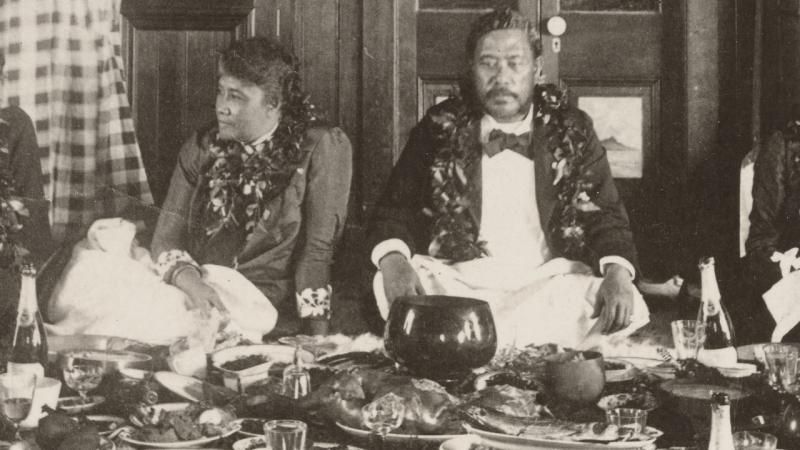
photo courtesy of: Hawaiʻi State Archives
February 3, 1889: Liliʻu and King David Kalākaua at a dinner party whose guests included Robert Louis Stevenson and Stevenson’s mother.
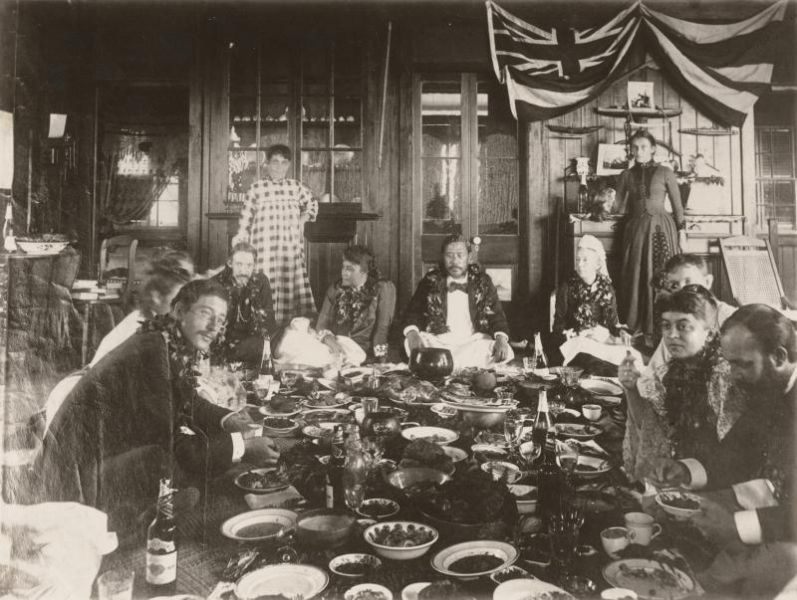
photo courtesy of: Hawaiʻi State Archives
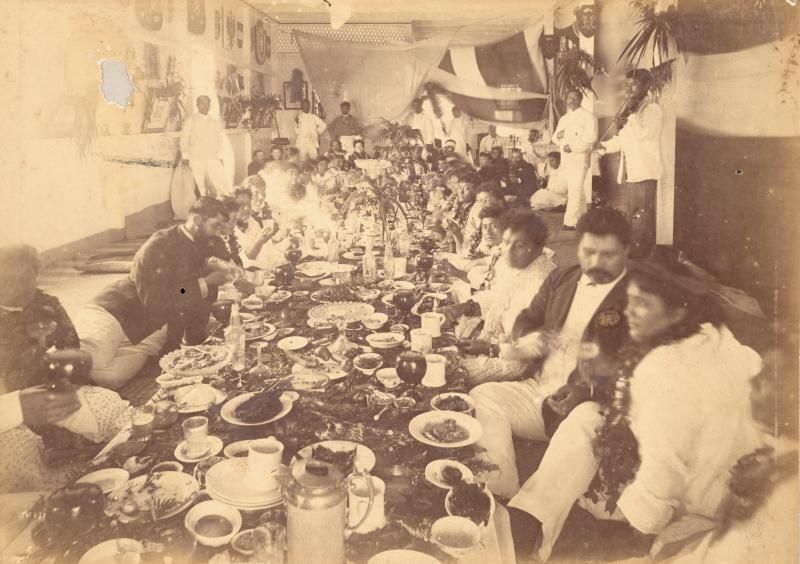
photo courtesy of: Hawaiʻi State Archives
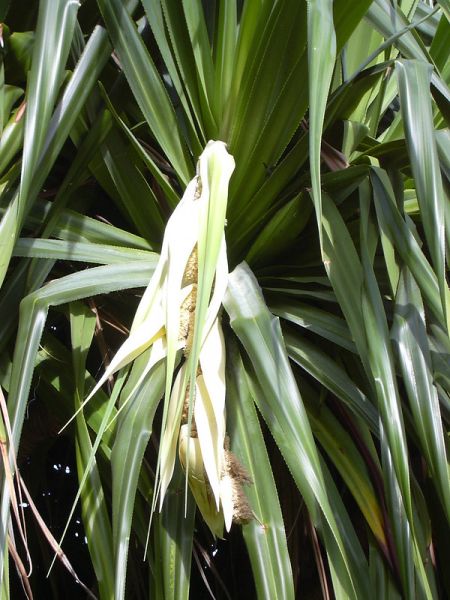
photo courtesy of: Hawaiʻi State Archives
Hīnano, which grows on male hala trees, can be used to make a powerful aphrodisiac.
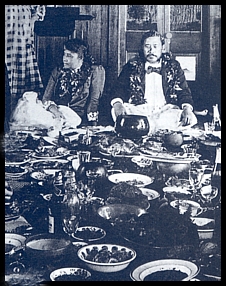
photo courtesy of: Hawaiʻi State Archives